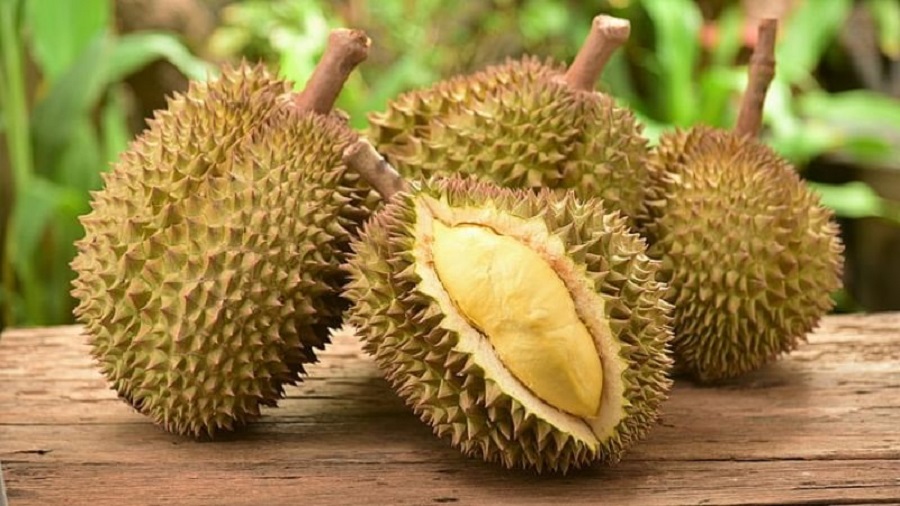The latest issue of the Agricultural and Forestry Products Market Newsletter has been released by the Center for Industrial and Trade Information and the Import-Export Department, under the Ministry of Industry and Trade.
According to the newsletter, Indonesia and China have reached an agreement on protocols for the export of frozen durian, allowing Indonesian durian into the Chinese market.
Citing insights from the Indonesian Economic Reform Center, the newsletter highlights the significant opportunities for Indonesian durian in China. China is the world’s largest consumer market for durian, but Indonesia’s exports to China have been relatively low.
Indonesian statistics reveal that only 27 tons of durian were exported to China in 2024 out of nearly 2 million tons produced, and in the first five months of 2025, China did not import durian from Indonesia.
Previous logistical and licensing challenges hindered exports. The new protocol recognizes the role of the Indonesian Quarantine Agency in ensuring food safety for frozen durian products, which is expected to alleviate past licensing hurdles.

Previously, Laos granted concessions of over 273 hectares to three domestic companies for durian cultivation for 30 years, targeting exports to China. By last year, Laos’ durian plantation area had exceeded 3,000 hectares and is expected to increase significantly. The Lao government has agreed to allocate 12,000 hectares of agricultural land to Chinese companies specializing in durian cultivation for export to China.
Currently, Thailand remains the largest exporter of durian to the Chinese market. During the first five months of the year, China imported more than 390,000 tons of durian worth $1.9 billion, mainly from Thailand, with 328,000 tons worth $1.6 billion, representing a decrease of 21.8% in volume and 23.9% in value year-on-year.
The low quality of early-season durian in Southern Thailand led Chinese importers to halt purchases, driving prices below 100 Baht ($3.07) per kg. The durian season in Eastern Thailand is expected to end in late June. Unfavorable weather conditions and heavy rainfall have resulted in lower-quality durian, prompting traders to shift their focus to the South, where the durian season is just beginning.
In the first five months of the year, Vietnam exported over 61,000 tons of durian to China, valued at $254 million, a decrease of 61.7% in volume and 61.6% in value compared to the same period last year.
The newsletter forecasts a recovery in Vietnam’s fruit and vegetable exports in the second half of the year due to enterprises’ efforts to meet new market standards, especially in China, and their focus on market diversification.
Secondly, addressing technical barriers and China’s new plant quarantine regulations will be key to restoring durian and other fruit and vegetable exports to this market. Vietnam is prioritizing the allocation of growing area codes, approval of packaging facilities, and streamlining inspection processes.
Apart from Vietnam and Thailand, Malaysia and the Philippines are also exporting durian to China, but the export volume is insignificant.
“The Reach of China’s Fourth-Ranked Construction Giant: A Glimpse into its ASEAN Ventures”
As the world’s fourth-largest construction company by revenue, CCCC has made a significant impact in Malaysia since the 1990s.











































